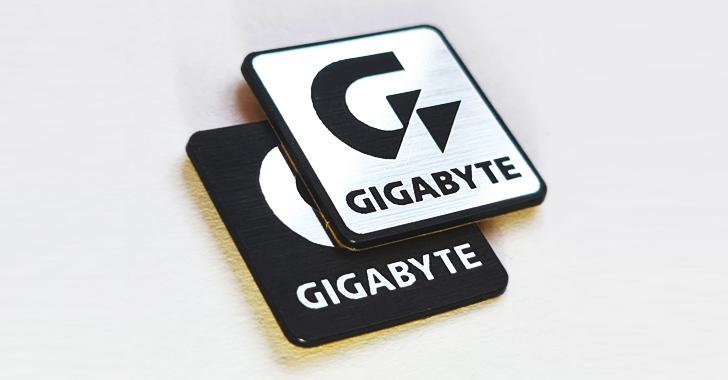Critical Firmware Vulnerability in Gigabyte Systems Exposes ~7 Million Devices
Cybersecurity researchers have found “backdoor-like behavior” within Gigabyte systems, which they say enables the UEFI firmware of the devices to drop a Windows executable and retrieve updates in an unsecure format.
Firmware security firm Eclypsium said it first detected the anomaly in April 2023. Gigabyte has since acknowledged and addressed the issue.
“Most Gigabyte firmware includes a Windows Native Binary executable embedded inside of the UEFI firmware,” John Loucaides, senior vice president of strategy at Eclypsium, told The Hacker News.
“The detected Windows executable is dropped to disk and executed as part of the Windows startup process, similar to the LoJack double agent attack. This executable then downloads and runs additional binaries via insecure methods.”
“Only the intention of the author can distinguish this sort of vulnerability from a malicious backdoor,” Loucaides added.
The executable, per Eclypsium, is embedded into UEFI firmware and written to disk by firmware as part of the system boot process and subsequently launched as an update service.
The .NET-based application, for its part, is configured to download and execute a payload from Gigabyte update servers over plain HTTP, thereby exposing the process to adversary-in-the-middle (AitM) attacks via a compromised router.
Loucaides said the software “seems to have been intended as a legitimate update application,” noting the issue potentially impacts “around 364 Gigabyte systems with a rough estimate of 7 million devices.”
With threat actors constantly on the lookout for ways to remain undetected and leave a minimal intrusion footprint, vulnerabilities in the privileged firmware update mechanism could pave the way for stealthy UEFI bootkits and implants that can subvert all security controls running in the operating system plane.
Discover how Deception can detect advanced threats, stop lateral movement, and enhance your Zero Trust strategy. Join our insightful webinar!
Get Ready to LearnTo make matters worse, since the UEFI code resides on the motherboard, malware injected to the firmware can persist even if drives are wiped and the operating system is reinstalled.
Organizations are advised to apply the latest firmware updates to minimize potential risks. It’s also advised to inspect and disable the “APP Center Download & Install” feature in UEFI/BIOS Setup and set a BIOS password to deter malicious changes.
“Firmware updates have notoriously low uptake with end users,” Loucaides said. “Therefore, it is easy to understand thinking that an update application in firmware may help.”
“However, the irony of a highly insecure update application, backed into firmware to automatically download and run a payload, is not lost.”
A considerable amount of time and effort goes into maintaining this website, creating backend automation and creating new features and content for you to make actionable intelligence decisions. Everyone that supports the site helps enable new functionality.
If you like the site, please support us on “Patreon” or “Buy Me A Coffee” using the buttons below


To keep up to date follow us on the below channels.






